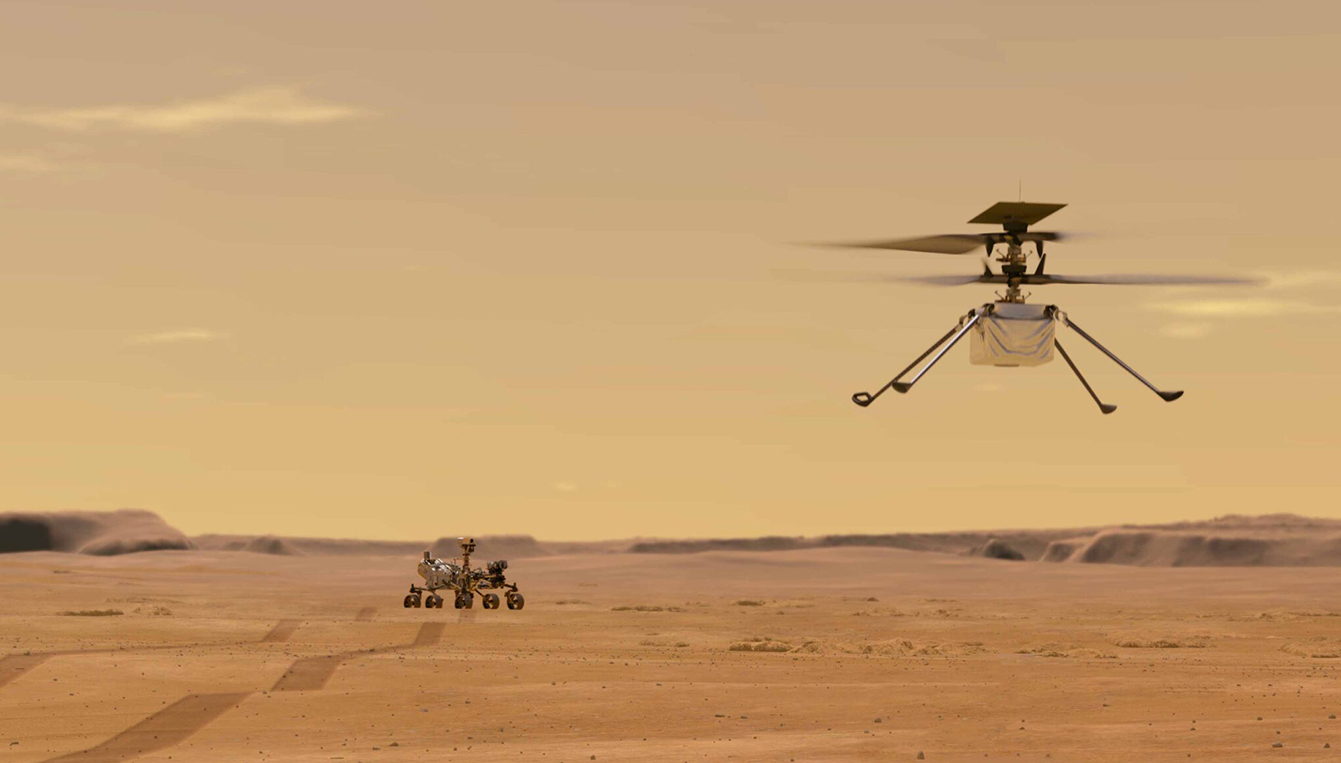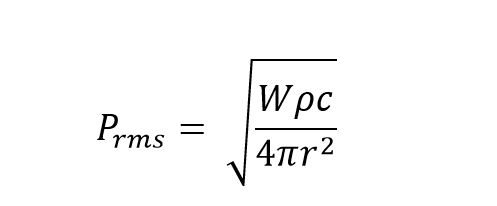Michael Bahtiarian
Energy, Environmental, Transportation |
Market Leader
Principal

With the landing of the rover PERSEVERANCE on Mars a couple of weeks ago, those of us in the acoustics field are very excited. This is because for the first time we can talk about the sound on another celestial body. Remember there is no atmosphere on the moon, and without an atmosphere or a medium by which sound waves can travel there is no sound. This is not the case on Mars because that planet has an atmosphere, even though it is insufficient to support un-protected human life, it is sufficient to allow transmission of sound. So, what does mars sound like? For the first time in our planetary travel, NASA engineers have available a couple of microphones along with a myriad of cameras and other sensing equipment on PERSEVERANCE. So, let the science (of acoustics) begin!
But that got me thinking, what would an equivalent sound on Earth be on Mars? First, forget the A-weighting filter, the filtering used to replicate how sound is perceived by the average person, as no human will be using their unaided ears on Mars. Of course, NASA already thought about all this and has an insightful web page dedicated to sound on Mars. The site has a series of sound recordings from Earth and a synthesized version of what it would sound like on Mars.
So let’s get “tech” and go through what the differences would be and why. To do this there is an important relationship between two acoustic parameters: sound power and sound pressure. Sound power is the energy (reported in units of watts) the sound source produces and sound pressure is the sound you would hear or a microphone would record. The relationship between sound power and sound pressure is below.

The variables from the above equation are as follows: W is the sound power in Watts, ρ is the density of the medium (atmospheric gases) in kg/m3, c is the speed of sound in meters/second, and r is the distance between the sound source (W) and the point of sound pressure Prms given in pascals (Pa). Thus for equal sources of sound power (W) at equal distances (r), the sound pressure on a planet with an atmosphere will be a function of the planet’s atmospheric density and its speed of sound.
Given the equation above, we can compute the difference in the sound pressure level assuming the same sound power and distance between the source and receiver. I have determined that the sound level on Mars would be 20 dB lower than on Earth. This is due to ratio of speed of sound (Earth/Mars) equal to 1.4 and ratio of atmospheric density (Earth/Mars) of 59. The speed of sound differences (344 m/sec on Earth and 240 m/sec on Mars) result in a 2 dB lower sound pressure level on Mars. The atmospheric density (1.18 kg/m3 on Earth and 0.02 kg/m3 on Mars) results in an 18 dB lower sound pressure level on Mars.
There are other differences beyond the level of sound. The speed of sound difference between the two planets is relatively small and in general, does not impact what would be recorded by PERSEVERANCE. A bigger issue is the absorption of sound by the atmosphere. We understand that property fairly well on Earth and it is related to the composition of the atmosphere. Those properties are different on Mars and NASA has already determined the effects to recorded sounds. Again, check out the link above.
Beyond making recordings of Martian wind and the Rover itself, according to the NASA website, the primary purpose of the microphones is to listen to the sound of an onboard laser firing into Martian geology.
I ask what else can NASA do with the microphones? The PERSEVERANCE rover package also includes for the first time a helicopter drone, INGENUITY. I will make a couple of ingenious suggestions for the use of the microphones and the drone INGENUITY. The drone can be used as a sound source and using the above equation can then be used to confirm both the speed of sound and then the atmospheric density. The speed of sound can be measured using the controlled start of the drone propeller and timing the arrival of sound from command to start up until the sound reaches PERSERVENACE. The further away you flew INGENUITY the more accurate the speed of sound estimate would be. For example, if you flew INGENUITY a mile away or 1,609 meters, the sound from INGENUITY should take 6.7 seconds to arrive at PERSEVERANCE.
Once you confirmed the speed of sound on Mars you can use the equation above to measure the sound level from a known sound power source. If NASA determined the sound power from INGENUITY, the equation can be solved for ρ (Greek letter rho) representing the atmospheric density. Those microphones just turned into chemical composition instrumentation.
Beyond that, what else what might we hear on Mars? I don’t think much else besides the wind (and I will not speculate on any other bizarre sounds). From what I already heard in recordings from NASA, the loudest Mars sound is now PERSEVERANCE. So, NASA has already contributed to the first case of noise pollution on Mars. Maybe not if you read my first blog “If a Tree Falls in a Forest”. It may be said anew, “if a rover lands on Mars and there is no one there to hear it does it produce noise?”
Header image (c) NASA